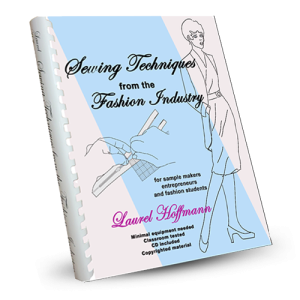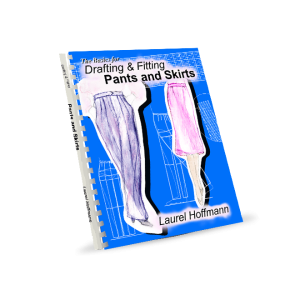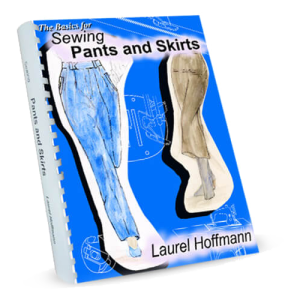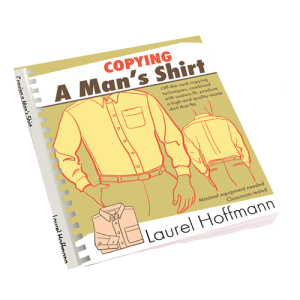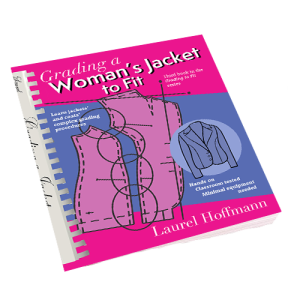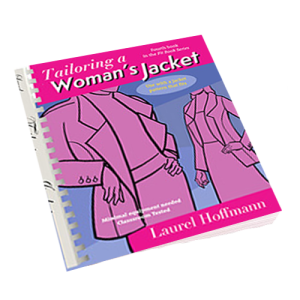In this post
FIRST: Apparel factories provide workers with chance for a better life
SECOND: Apparel factories go off shore, leaving apparel factory workers jobless
THIRD: Results
FOURTH: Possible solution

FIRST: Apparel factories provide workers with chance for a better life
In the 1940s Philadelphia produced more women’s clothing than any other city in the world. Philadelphia had considerable low-cost housing. These two factors encouraged many workers from the south to move to Philadelphia where they could be trained to work in the apparel factories, eventually making very good money.
SECOND: Apparel factories move off-shore
In the early 1970s the apparel factories were closing as the apparel industry was going off shore. I was working at Lynne Carol, a North Philadelphia gyn-mill factory that produced women’s jumpers. I had been hired to set up and oversee the factory’s production, including a new line,
I worked on the factory floor at the end of a very long cutting table where the fabrics were cut for mass production. I drafted, fit tested, graded, and determined layouts for mass-production cutting. Because I was working in the factory, I had easy interaction with the factory personnel, some of the most impressive people I have ever met. Mostly women, they were paying their mortgages, sending their children to school, and learning the various professional industrial sewing techniques used in industrial production, as their fore lady was cross-training them. Often this is not the case. Most factory personnel know only one or two sewing techniques. They are unable to cut and sew their own clothing. When the factories closed, they had no marketable skills.

THIRD: Results
When the factories closed the women’s jobs were gone. They constituted a huge group of workers, all with highly developed hand skills. No one seemed to care. Gone was the money to pay the mortgages, buy food, children’s clothing, books, vacations.
Professor Wilson,Professor of Social Policy at Harvard, in his book, When Work Disappears: The World of the New Urban Poor (1996), describes what happens when jobs disappear:
…Wilson writes that chronic joblessness has deprived those in the inner city of skills necessary to obtain and keep jobs. Wilson’s book uses evidence from large-scale scientific surveys in [low income cities’ sections] and information culled from ethnographic interviews of [cities’ low income sections’] residents in order to create a complete picture of the problems that face the residents.

…Wilson rejects the idea that inner-city residents have a “culture of poverty” or damaged personalities. He holds that addressing the problem of joblessness is the solution to urban inner-city problems.[2] Wilson supports work programs modeled after Depression-era projects.[4]
Wilson ties the disappearance of inner-city jobs to industrial restructuring, suburbanization, foreign competition, and racism.
FOURTH: Possible solution

I knew if the women I had worked with, and others like them knew the design room skills I had been fortunate to learn in industry, they might be able to start cottage industries, the reason I decided to write my books. But how to get this information to them? I couldn’t do this alone. I’ve approached various organizations, but so far no one has been interested in helping. Years have gone by. I hear over and over about the crime in Philadelphia. I worry about the wonderful people that I worked with. What has happened to them and to their families?
Over the last 30 years I have written and classroom tested my eight-book series in two leading Philadelphia universities. Students included design-room and other professionals. Those who wished to work in industry got very good jobs. All work can be done in the home with minimal equipment, as suggested by E.F. Schumacher in his book, Small is Beautiful, published in the early 1970s. My program has been tested and proven. When will it ever be available to the people for whom it was written?


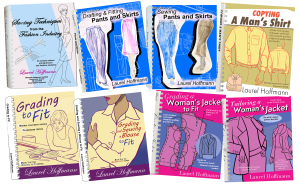
Thanks for reading.
Laurel
https://laurelhoffmann.com/
LaurelHoffmann-YouTube
https://www.facebook.com/CFashionEdu
https://www.linkedin.com/in/laurelhoffmann/
RSS Feed: https://laurelhoffmann.com/blog/
https://www.ravelry.com/projects/LaurelHoffmann
https://www.yelp.com/biz/laurel-hoffmann-oreland
https://www.thumbtack.com/pa/philadelphia/drawing-lessons/fashion-drafting-sewing-books-classes
